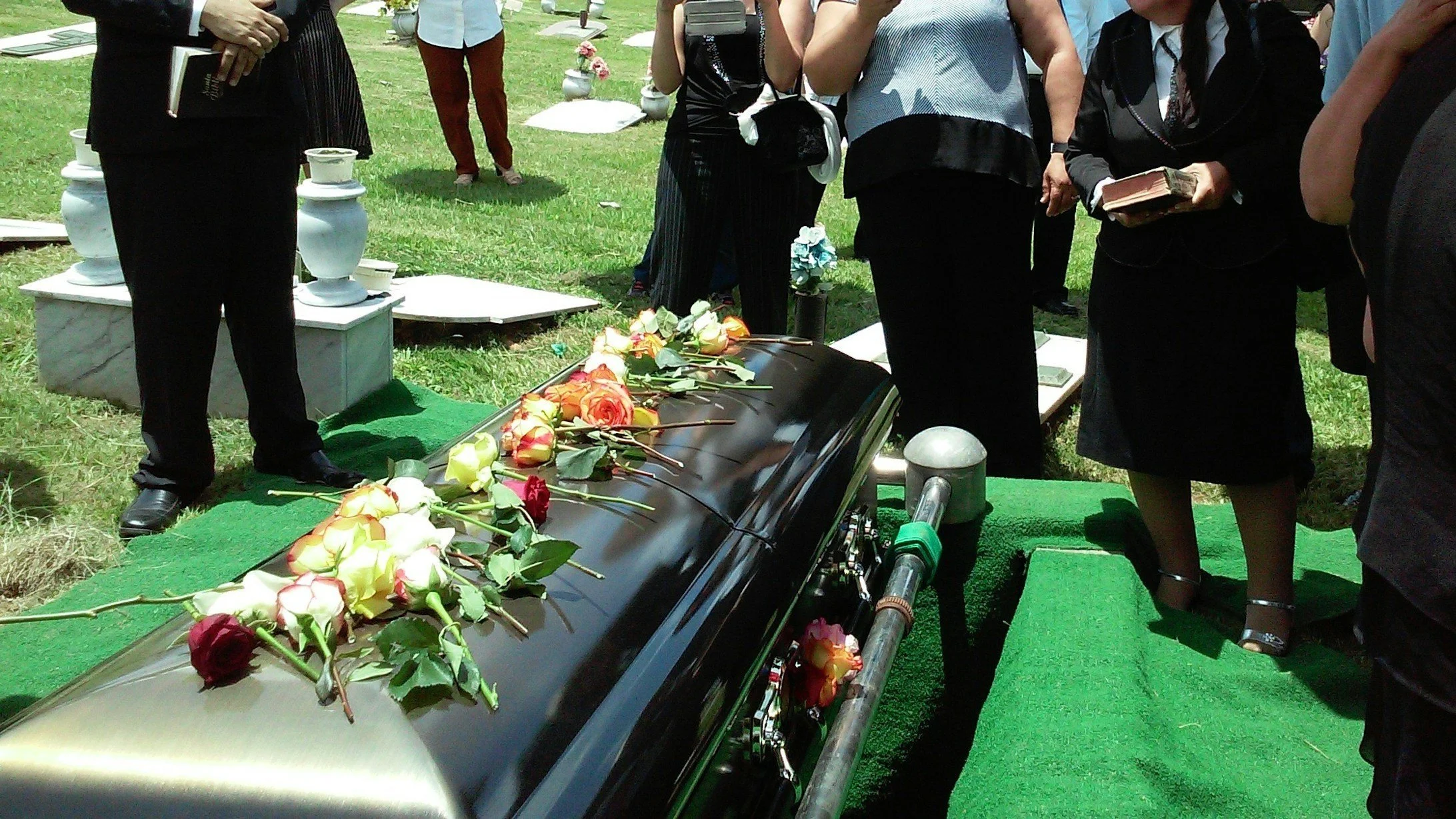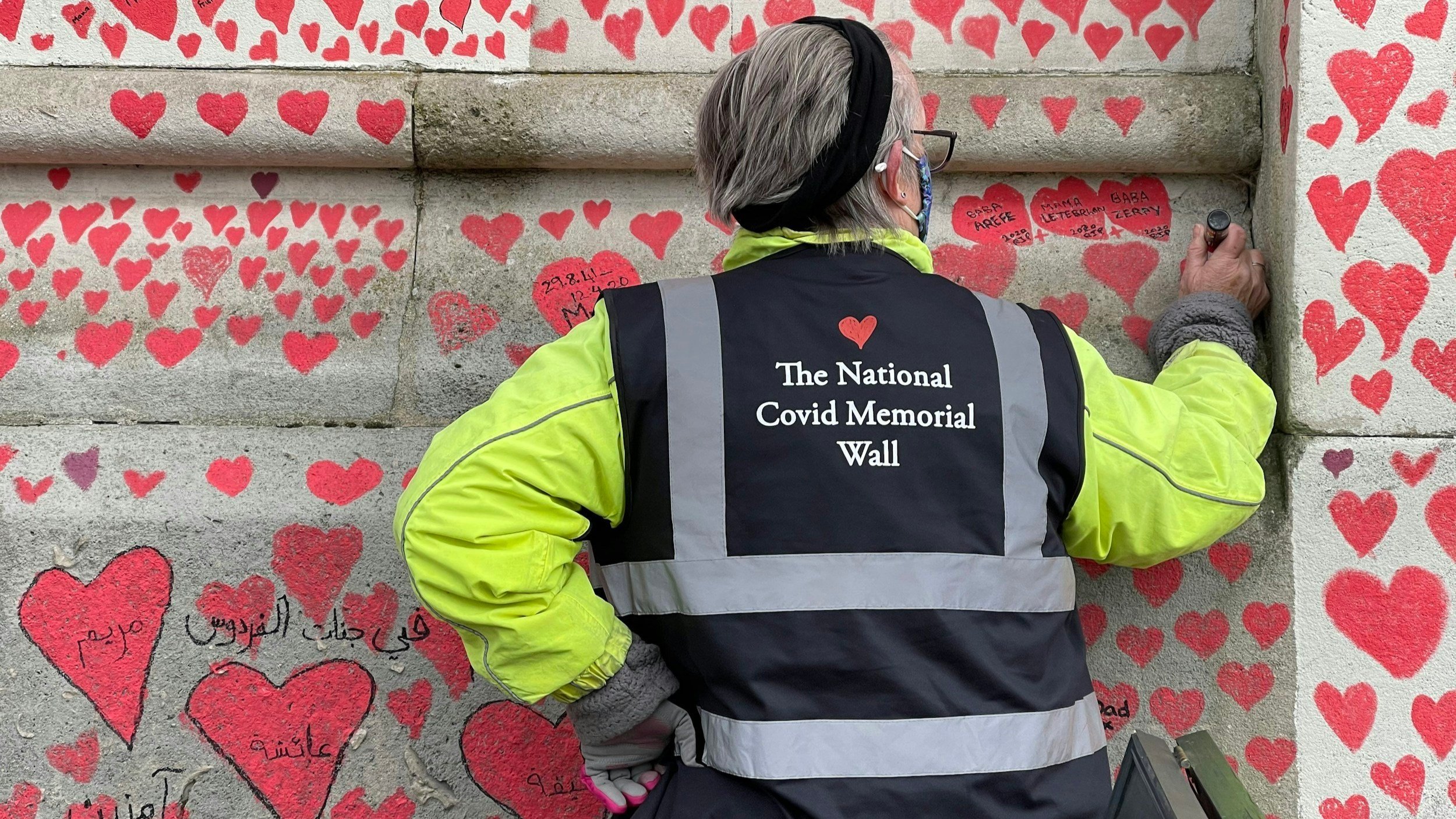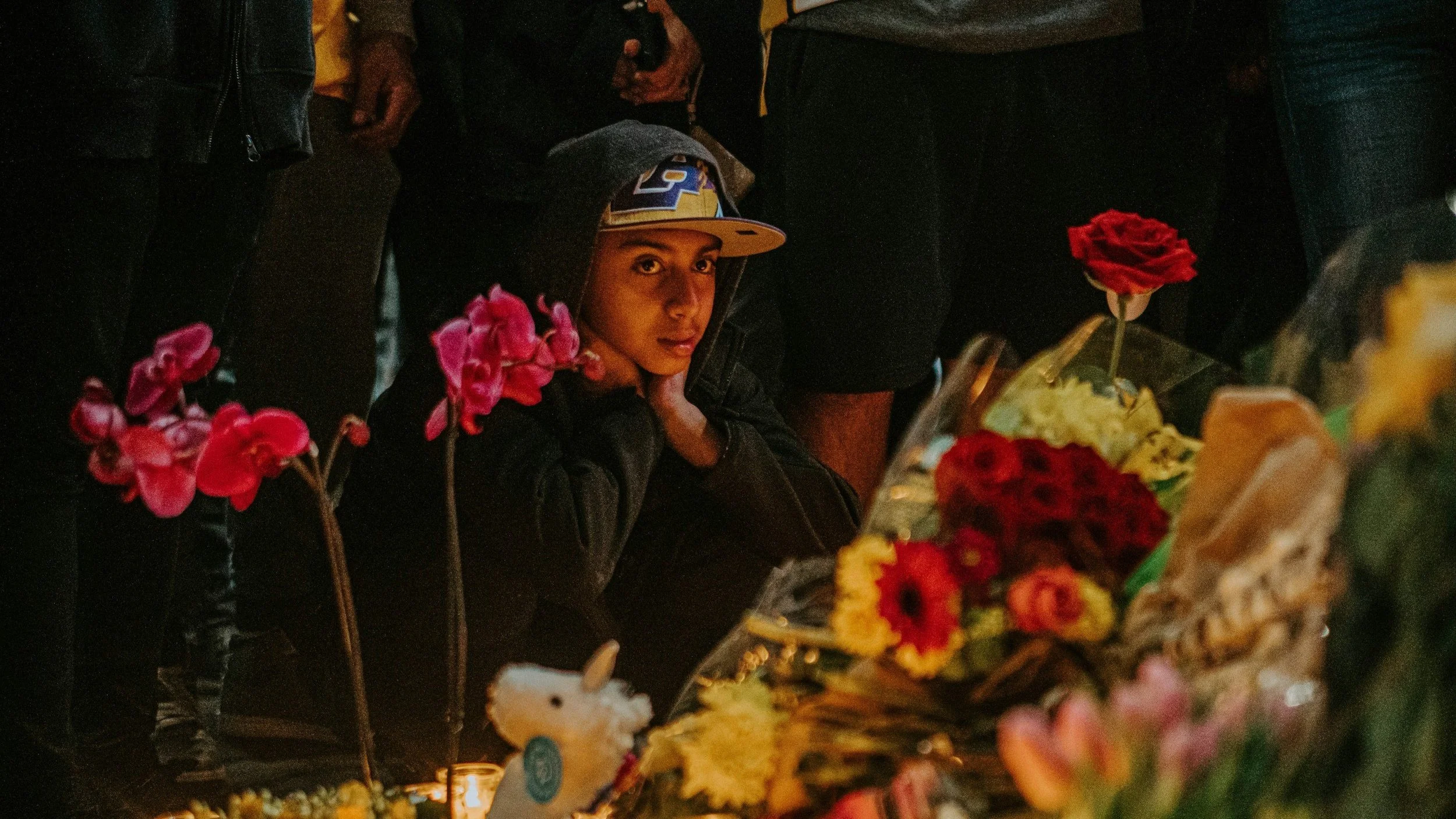Loss, Bereavement, Grief, and Mourning: What’s the Difference and Why It Matters
Grief can make reading hard. Want to listen to this article instead? Find its corresponding podcast episode here.
If you've experienced a life-altering loss—whether through death, divorce, diagnosis, or another major transition—you’ve likely heard terms like “grief,” “mourning,” “bereavement,” and “loss” tossed around, often interchangeably.
People say things like, “I’m so sorry for your loss,” or “Are you still in mourning?” or “He took bereavement leave,” without really thinking about what those words mean—or how different they actually are.
But the truth is: each of these words points to a different part of the experience. And understanding their differences can help you make sense of what you’re feeling, how you’re responding, and how you might navigate life with more clarity and compassion.
So let’s break it down.
Loss: The Thing That Happened
Loss refers to the actual event—the moment your life split into “before” and “after.”
Loss isn’t just about death. It also includes:
Divorce or the end of a significant relationship—this can be romantic or platonic, such as friendship loss
A major diagnosis (for you or for someone you love)
Losing a job or financial stability
A miscarriage, infertility, or childlessness not by choice
Moving away from your home, community, or country—whether by choice or by force
Estrangement, religious disaffiliation, loss of purpose, or identity shifts
Losing safety, certainty, or a future you once imagined
Loss is the moment something permanently life-changing happened, either suddenly or over time. It’s an event—usually one perceived as negative or upsetting—that requires recalibration, readjustment, and emotional, physical, mental, and spiritual processing.
In Life After Loss Academy, my online course + community, I often refer to loss as a one-way door. Once you cross through it, you cannot cross back through. Your life before is closed to you, and your only choice is to move forward into a world where this loss is now a foundational truth of your new reality. To be clear, this is not always bad. But it can be painful. And recognizing all the ways in which loss has changed your life can be staggering.
“Loss is the experience of being separated from something or someone we value deeply. The more significant the loss, the more intense the grief.”
Grief: Everything That Comes After
Grief is the emotional, physical, mental, and spiritual experience of living in the aftermath of loss. In other words, it’s everything that comes after.
Grief can include (but certainly isn’t limited to):
Sobbing uncontrollably, lashing out in anger or going numb
Feeling anxious about your own or others’ mortality
Replaying the loss or analyzing anything you could have done differently
Questioning your identity or your place in the world
Feeling exhausted on every level
Difficulty concentrating or regularly forgetting things—also known as “grief brain”
Trouble trusting yourself or making decisions
Feeling disconnected from or resentful of people who don’t “get it”
Sudden surges of emotion months or years later
Noticing signs or symbols related to your loss
Shifting your perspective on life, perhaps feeling more joy, gratitude, or appreciation
Simply put, grief is the whole kit and caboodle of life after loss. It’s the immediate awfulness, but it’s also the long-term coping, remembering, meaning-making, and carrying. Grief is not limited to the first few weeks or months after a loss. It comes alongside you for the rest of your life, just as present in happy moments as it is in difficult ones.
In my work as a grief coach, I consider grief both a long-term relationship and an umbrella under which we include bereavement and mourning. Let’s get to those next.
“Loss is the initiating event. Grief is the lifelong response.”
Bereavement: The Social Label
Bereavement is the formal state of being deprived of someone or something. It's often used in social, medical, or institutional contexts.
You might hear it in phrases like:
“She’s on bereavement leave.”
“They just joined a bereavement group.”
“We sent a bereavement card.”
“He is a member of the bereaved family.”
Bereavement is usually attached exclusively to death-related losses, though some are starting to apply it more broadly (and rightly so). It’s the way society acknowledges that someone or something significant has been lost—and that the person who experienced the loss is in a season of disruption.
The downside of the term “bereavement” is that it’s often time-bound. Your workplace may give you three days off as “bereavement leave.” People may check in during the funeral and then disappear, considering the time for “bereavement support” over. In many ways, it’s a term that expires long before grief does—because grief has no expiration date.
Understanding the use of the word “bereavement” helps explain why grieving people often feel rushed, ignored, or unsupported after their allotted “bereavement time” is over. As a term, I rarely use it to describe the experience of life after loss, because it feels so limiting.
“Bereavement describes the objective situation of the person who has lost someone significant.”
Mourning: The Outward Expression of Grief
Mourning is what happens when you take grief and give it expression—through sounds, gestures, rituals, or communal practices.
Mourning may look like:
Crying openly by yourself or with others
Attending a funeral or celebration of life
Wearing black clothing or memorial jewelry
Sitting shiva or lighting a yahrzeit candle
Creating altars, art, music, or personal rituals
Speaking your person’s name at the dinner table
Mourning is how we bring private pain into public spaces. It’s how we demonstrate to the world (and sometimes, to ourselves) that something important has changed—and that we, ourselves, are different as a result.
In many cultures, mourning is structured: time-bound, visible, and supported. In Judaism, for example, mourners sit shiva for seven days, surrounded by community, prayer, and tradition. In many parts of Latin America, Día de los Muertos invites families to create vibrant altars, cook favorite foods, and honor their dead with music, art, and ritual.
In other cultures (like much of the Euro-centric world), communal mourning is minimized or skipped entirely. This leaves many grievers stuck between wanting to express their grief and feeling pressured to “move on.”
One of the most healing things you can do, especially if you aren’t connected to cultural mourning rituals, is to create your own mourning practices, even if they’re quiet or personal. Whether it’s lighting a candle every morning, journaling, or sharing stories online, mourning helps grief move through you, rather than getting trapped inside. We talk about how to design rituals that resonate with you every week in Life After Loss Academy.
“Mourning is the outward expression of grief... It is through mourning that grief finds a voice.”
Closing Thoughts: Why Words Matter When You’re Grieving
It might seem like semantics—but these words hold power. Knowing the difference between loss, bereavement, grief, and mourning isn’t about being technical. It’s about naming your experience with more truth and more compassion.
Grief is already hard. Feeling confused about what you’re going through makes it even harder. Clear language creates space—for understanding, for permission, and for healing.
If you’re looking for a place where your grief is met with this same flavor of clarity and care, I hope you’ll join us in Life After Loss Academy. It's a space where we “speak grief” fluently—and help you learn how to live alongside it, not only with language that resonates, but with helpful tools and a community of support around you.




